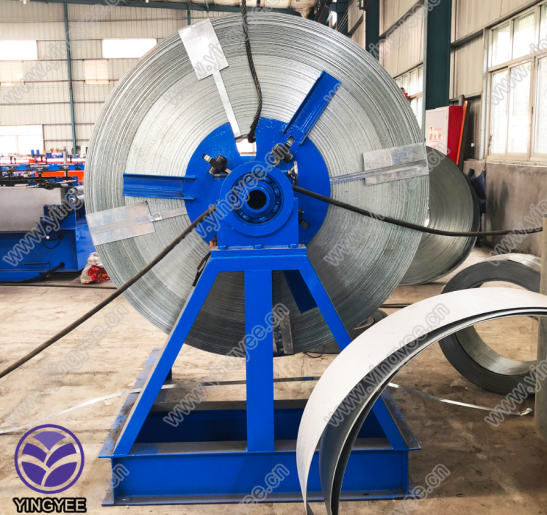
Understanding the High-Frequency Tube Mill A Revolution in Metal Fabrication
In the realm of metal fabrication, the high-frequency tube mill stands out as a pivotal technology that has transformed how steel and other metals are processed into tubular forms. This innovative machinery allows for the efficient production of welded pipes and tubes using high-frequency induction welding, an approach that enhances both speed and quality in manufacturing.
The Process of High-Frequency Tube Welding
At the heart of the high-frequency tube mill is its unique method of welding. The process begins with the feeding of flat steel strips into the mill, which then pass through a series of rollers that gradually form the strip into a tubular shape. What sets this mill apart is the application of high-frequency electromagnetic induction, which heats the edges of the metal strip to the point of welding. Unlike traditional methods that rely on external heating sources, the high-frequency process generates heat directly within the material, allowing for faster and more uniform welds.
The welding occurs as the edges of the tube are pressed together under controlled pressure, forming a strong and consistent seam. This continuous process allows for high production rates, often exceeding those of traditional tube mills. Additionally, the weld quality is superior due to the short heating time, enabling less oxidation and contamination during the welding process.
Advantages of High-Frequency Tube Mills
The benefits of using high-frequency tube mills extend beyond just speed. One of the most significant advantages is the enhanced mechanical properties of the welded tubes. The high-speed welding process creates less heat-affected zone (HAZ) compared to conventional welding. This leads to better metallurgical structure and improved strength, making the tubes suitable for various applications, including structural, automotive, and oil and gas industries.
Another key advantage is the versatility of the high-frequency tube mill. These machines can produce a wide range of tube sizes and shapes, from small-diameter pipes to large structural tubes. They can also accommodate different wall thicknesses and material grades, allowing manufacturers to tailor their output to specific industry needs.

Furthermore, high-frequency tube mills are often equipped with advanced automation systems that ensure precision in the manufacturing process. This automation helps minimize human error, reduces production costs, and increases overall efficiency. Many modern mills also integrate real-time monitoring systems that track quality metrics, further enhancing the reliability of the output.
Applications and Impact on Industry
High-frequency tube mills are widely employed in various sectors, including construction, automotive, and energy. In construction, the robust and reliable tubes produced by these mills are essential for building frameworks, scaffolding, and infrastructure projects. In the automotive industry, lightweight and strong tubes are critical for fabricating exhaust systems, chassis components, and safety features.
Moreover, the oil and gas sector benefits significantly from high-frequency welded tubes, which are used for pipelines and drilling operations where strength and durability are paramount. The ability to produce high-quality, cost-effective tubes has made high-frequency tube mills a preferred choice among manufacturers striving to meet the rigorous demands of these industries.
The Future of High-Frequency Tube Mills
As technology continues to advance, the future of high-frequency tube mills looks promising. Innovations in induction heating technology, automation, and smart manufacturing will likely lead to even greater efficiencies and capabilities. Manufacturers are increasingly seeking ways to optimize their processes, reduce waste, and minimize energy consumption, further solidifying the importance of high-frequency tube mills in modern fabrication.
In conclusion, high-frequency tube mills represent a significant leap in metal fabrication technology. Their ability to produce high-quality welded tubes at remarkable speeds has revolutionized industries across the board. As these technologies continue to evolve, we can anticipate even more improvements that will enhance efficiency, quality, and sustainability in metalworking processes. The high-frequency tube mill is indeed a prime example of how innovation drives progress, shaping the future of manufacturing in the 21st century.